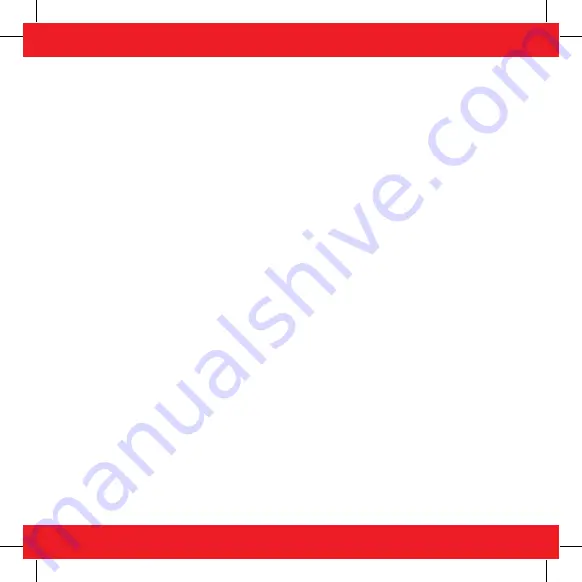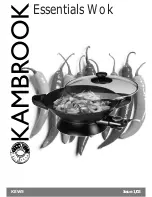
18
General information
• Household cooking salt is – in chemical terms – sodium chloride (NaCl). Chloride can
cause chloride pitting when the salt is used incorrectly. If the salt added to the food
being cooked remains in the water at the bottom of the vessel for a long time (this is
the case if the liquid in the pan is too cold and the salt can, therefore, not dissolve
quickly enough), so-called local elements are formed at the bottom of the vessel
which cause the pitting. Therefore, please only add salt to boiling water or hot food.
• Blue or colourful discolorations on stainless steel cookware occur due to, during or
after cooking or washing processes. Stainless steel tends to form a passive layer that
is invisible to the human eye to protect against external „attacks“. It develops when
magnesium and silicate ions and oxygen combine with one another (these elements
are naturally available in food and tap water). Under certain conditions, this layer that
is neither harmful to health, nor affects the corrosion protection or the serviceability
of the cookware, may be become visible – it turns blue. The discoloration can be
removed with a standard metal cleaner or a vinegar or lemon solution.
• In addition to the blue discoloration, so-called scale can occur on stainless steel sur-
faces. This is a matter of simple lime stains or lime deposits caused by water, which
can be removed with a vinegar and water solution (1 part vinegar essence, 5 parts
water). Instead of vinegar, you can also use lemon juice.
• Stainless steel is corrosion-resistant on the basis of its chemical composition. However,
the material is sensitive to extraneous/surface rust. This occurs if iron particles in com-
bination with water come into contact with the surface of the stainless steel.


































